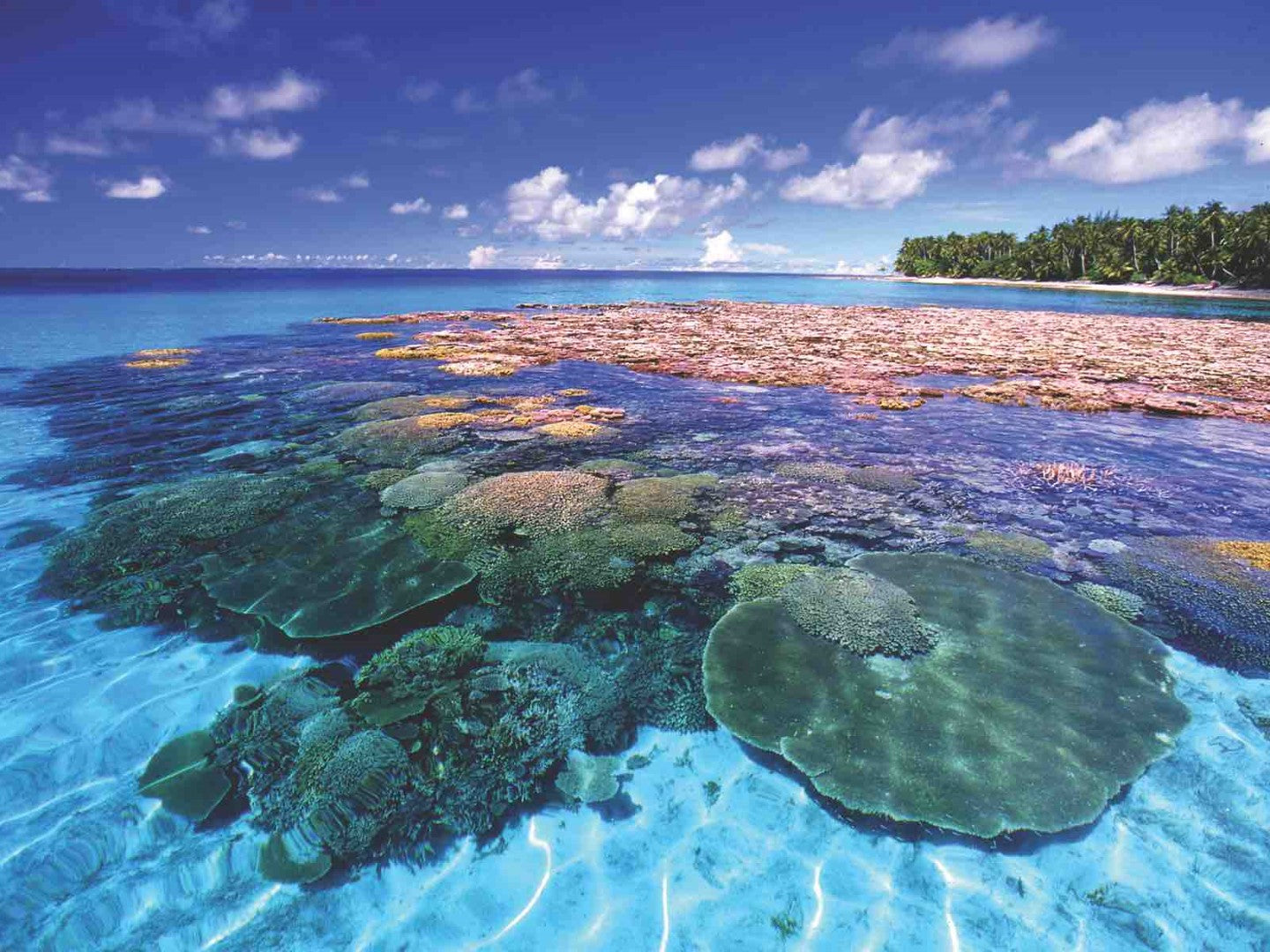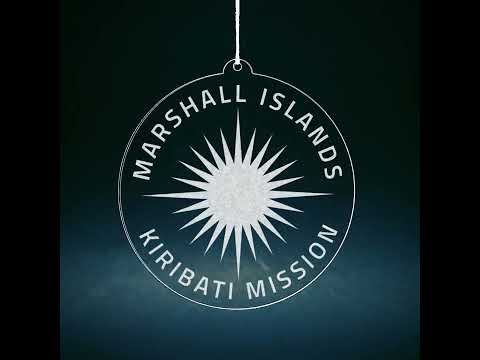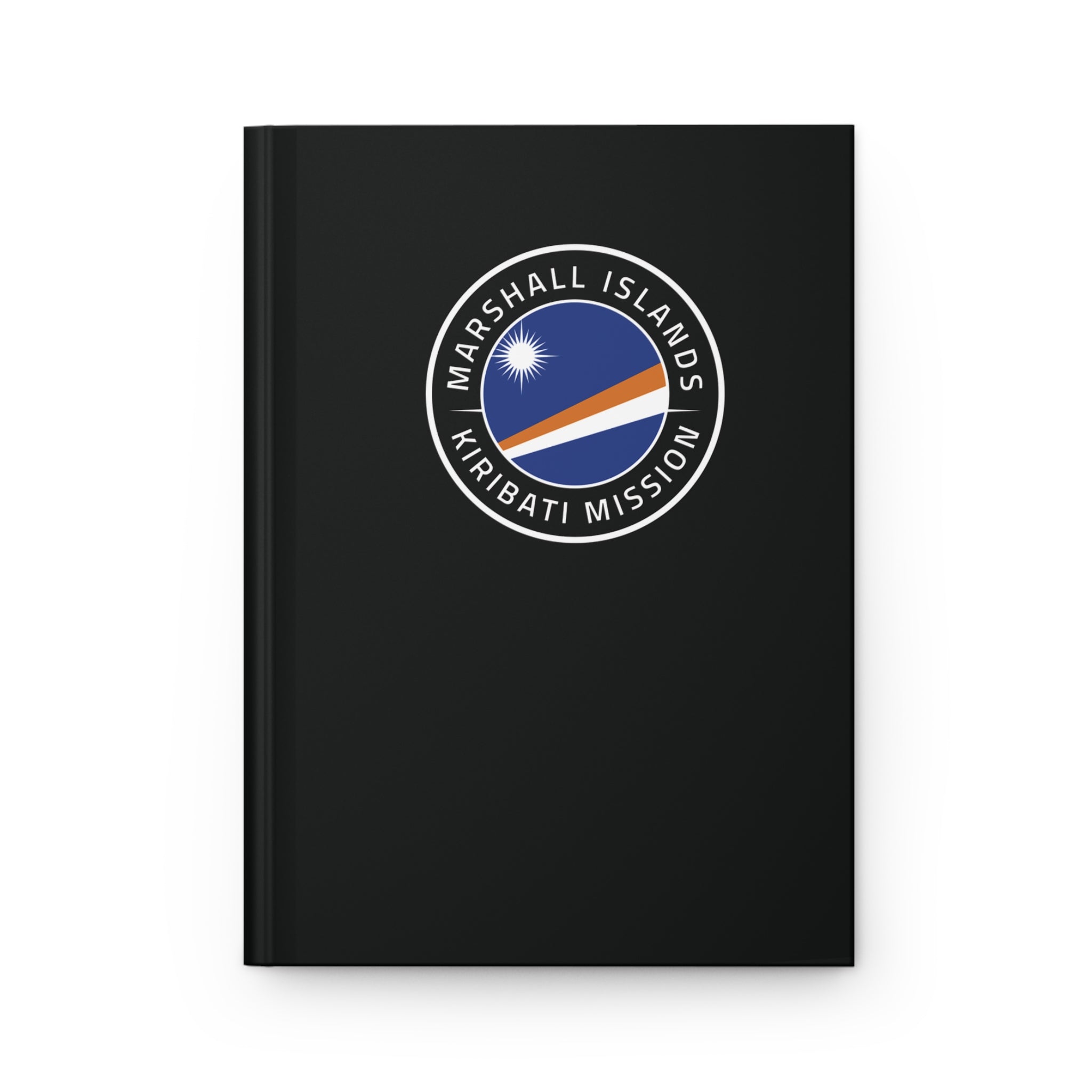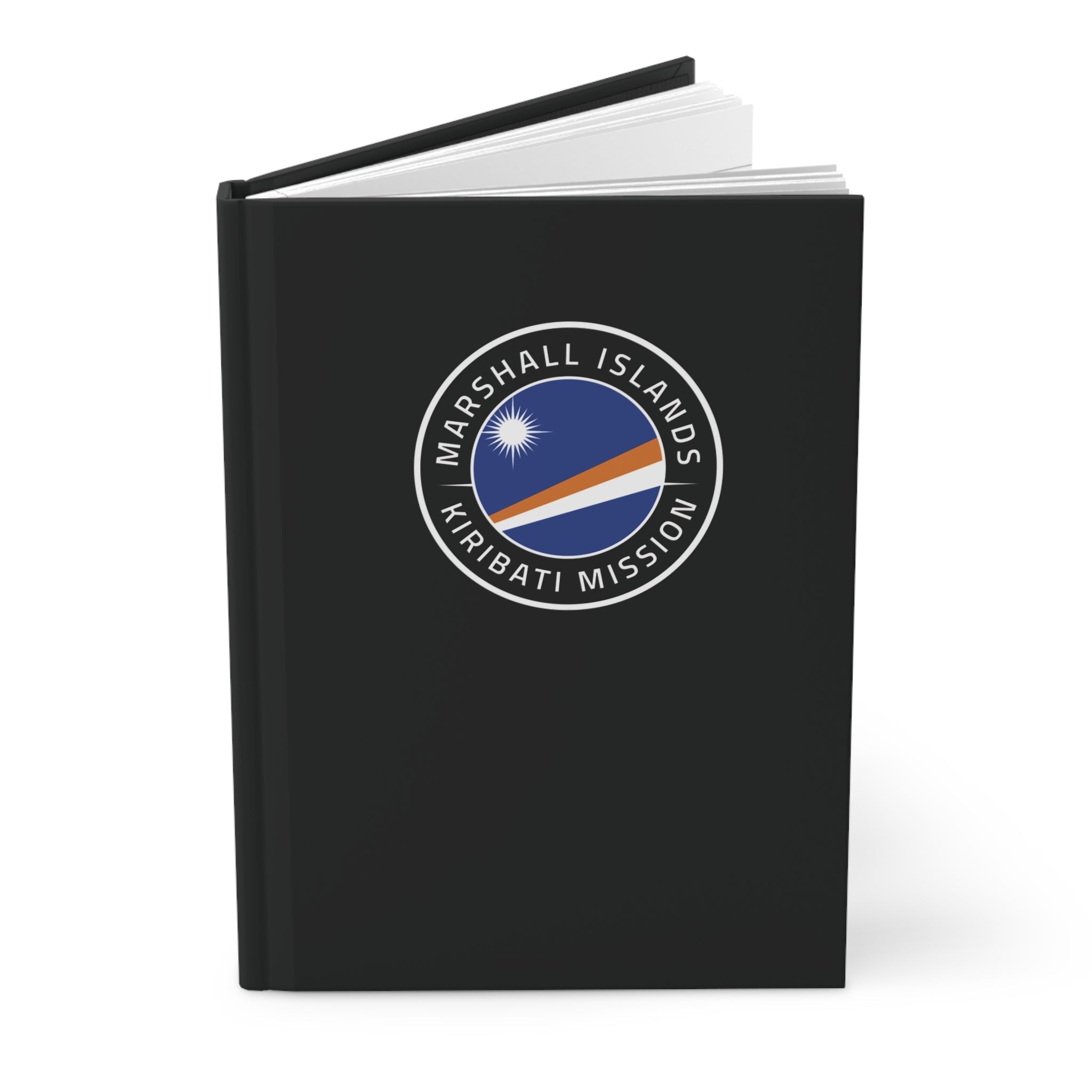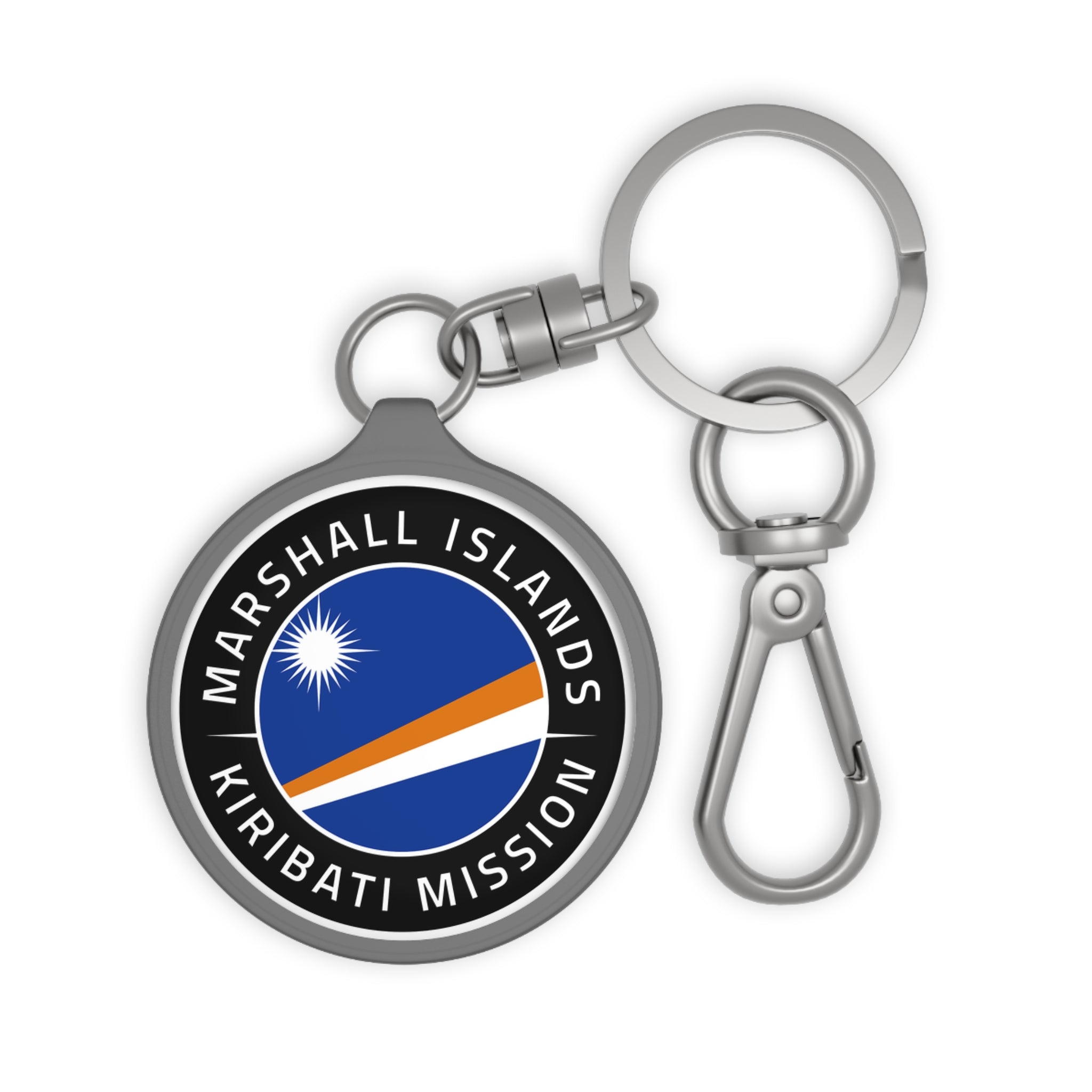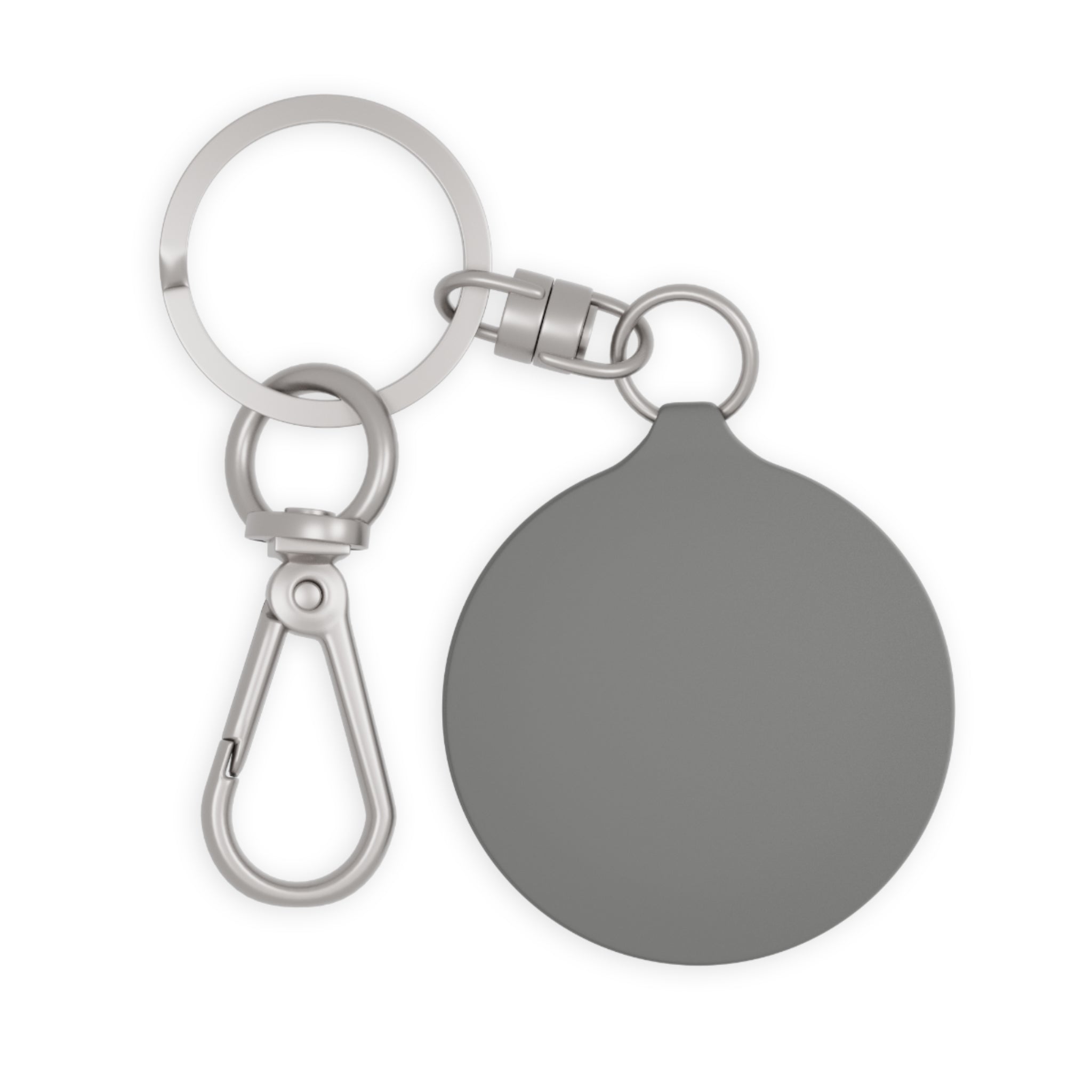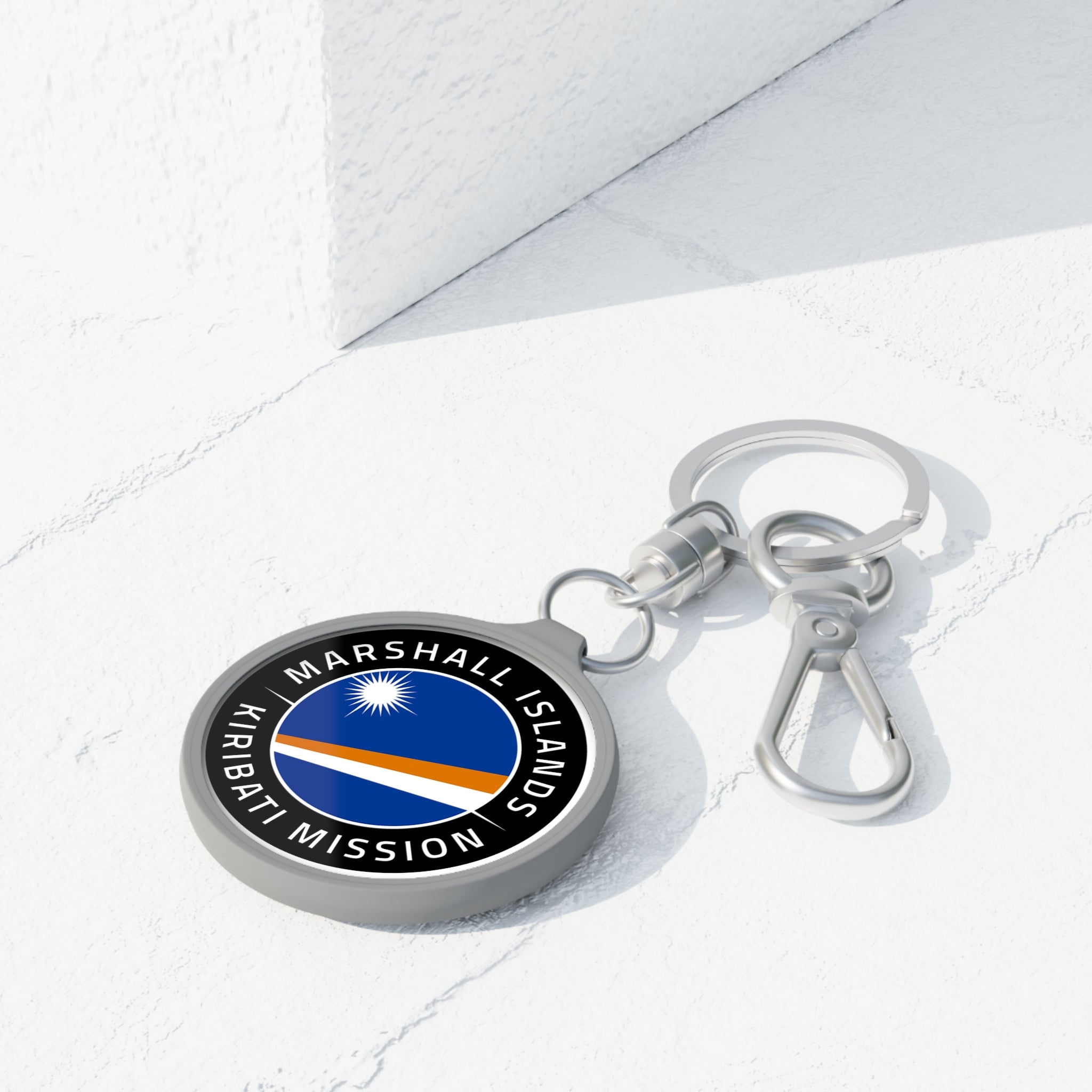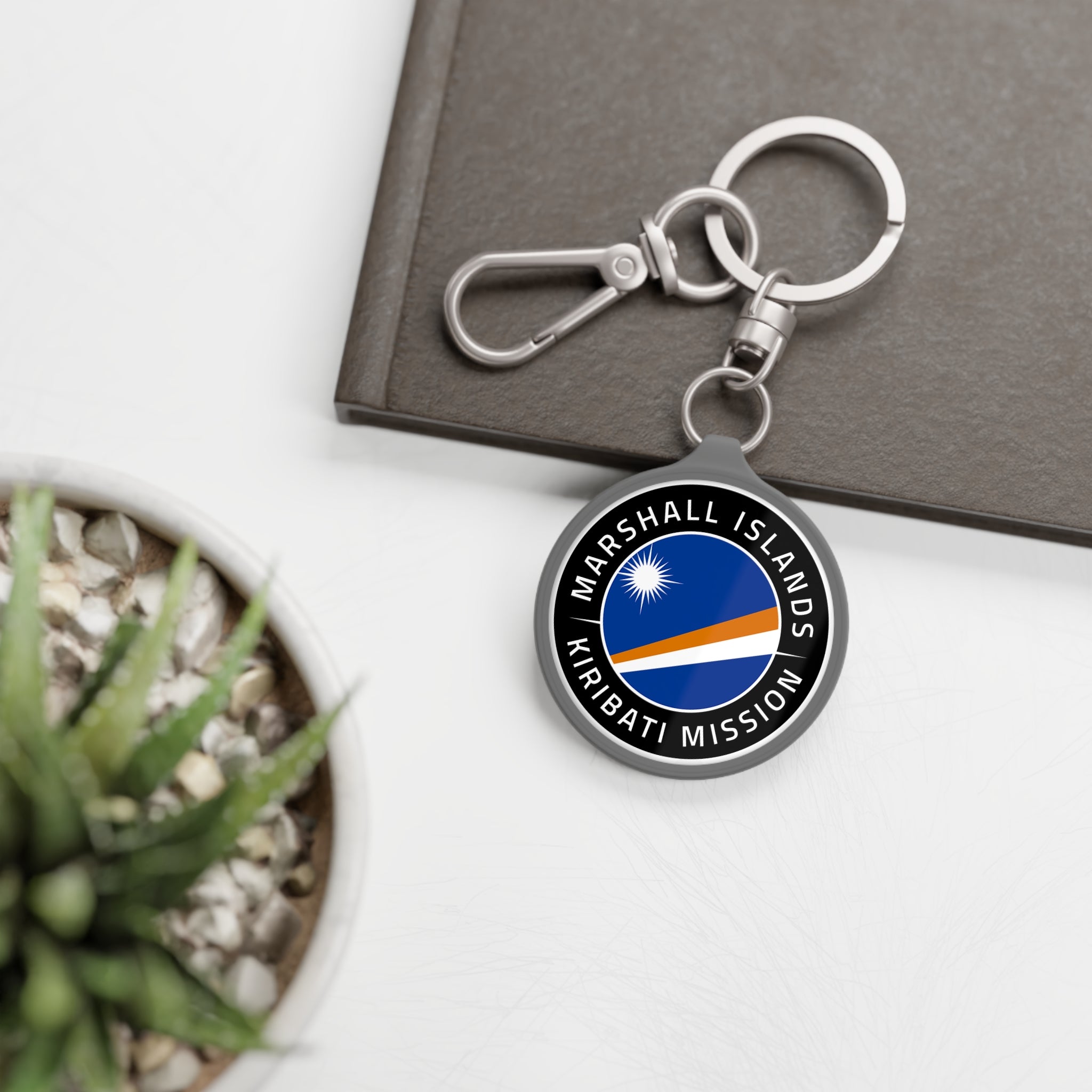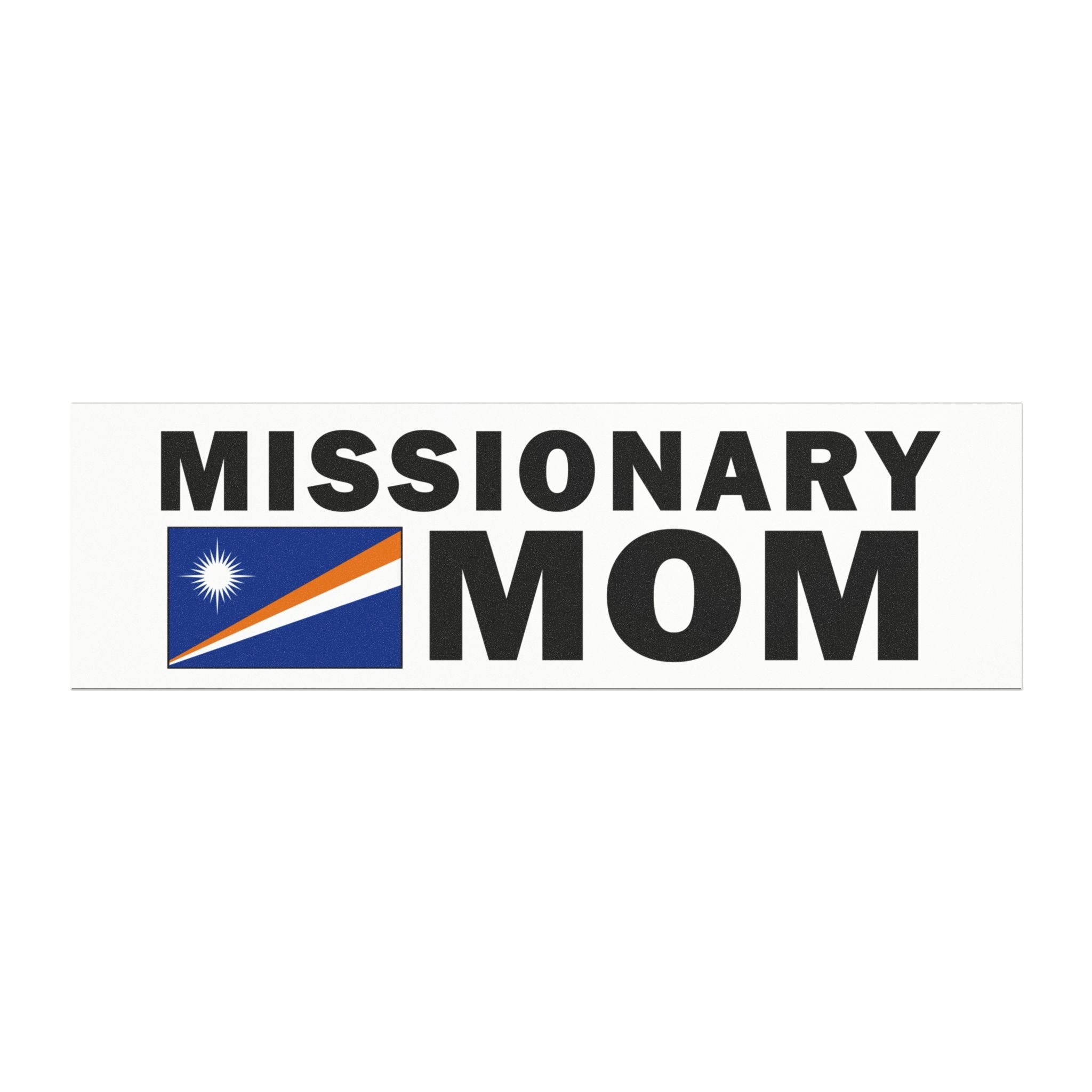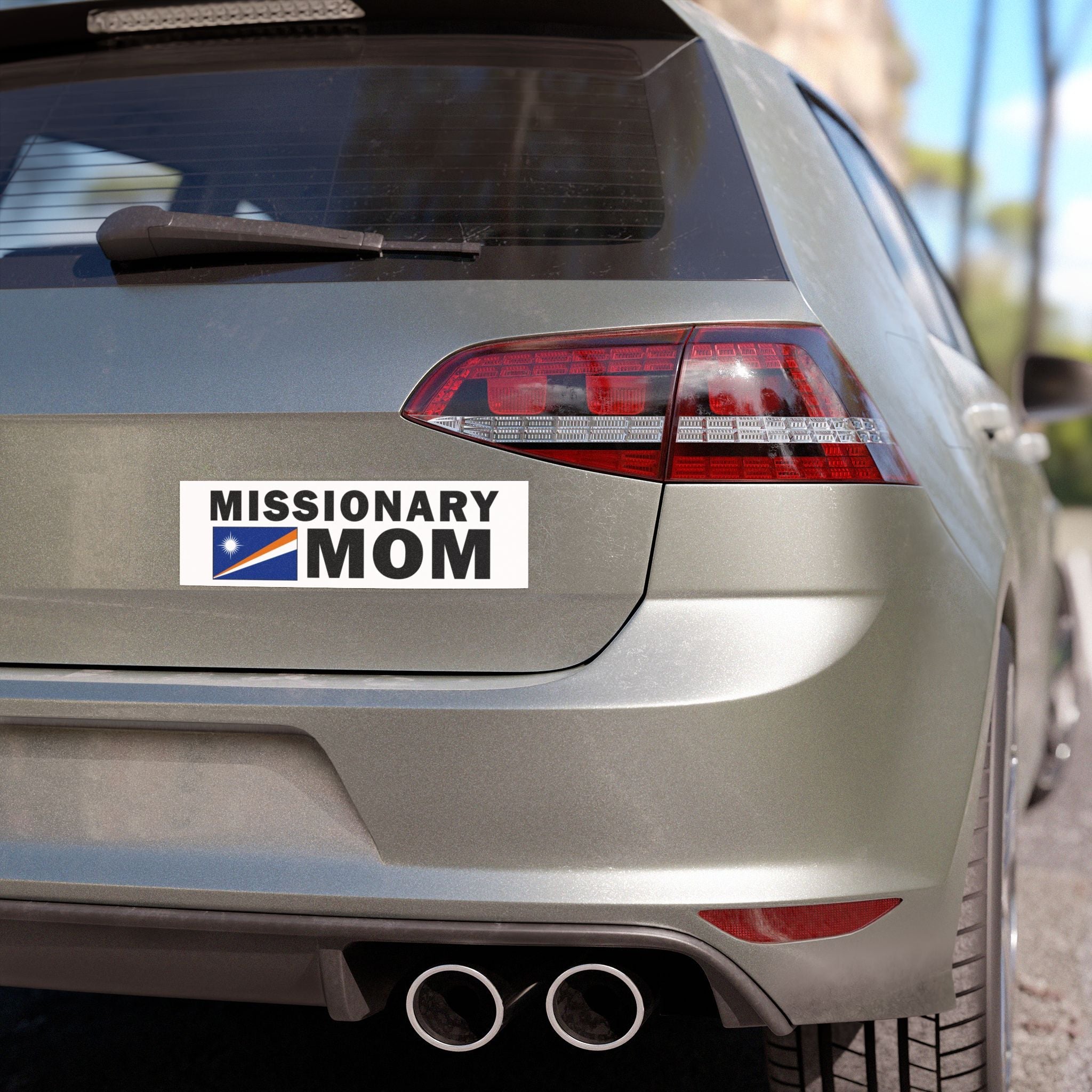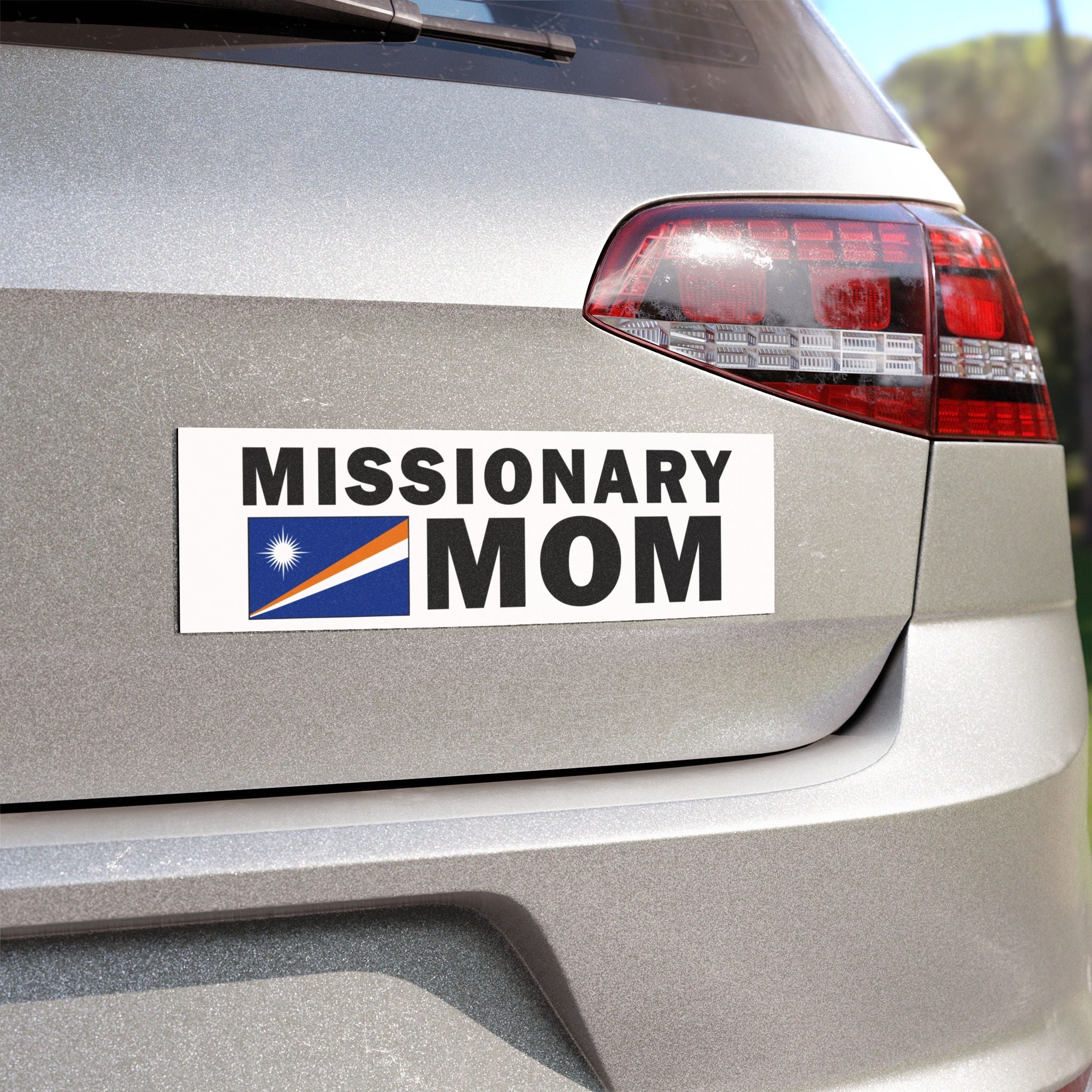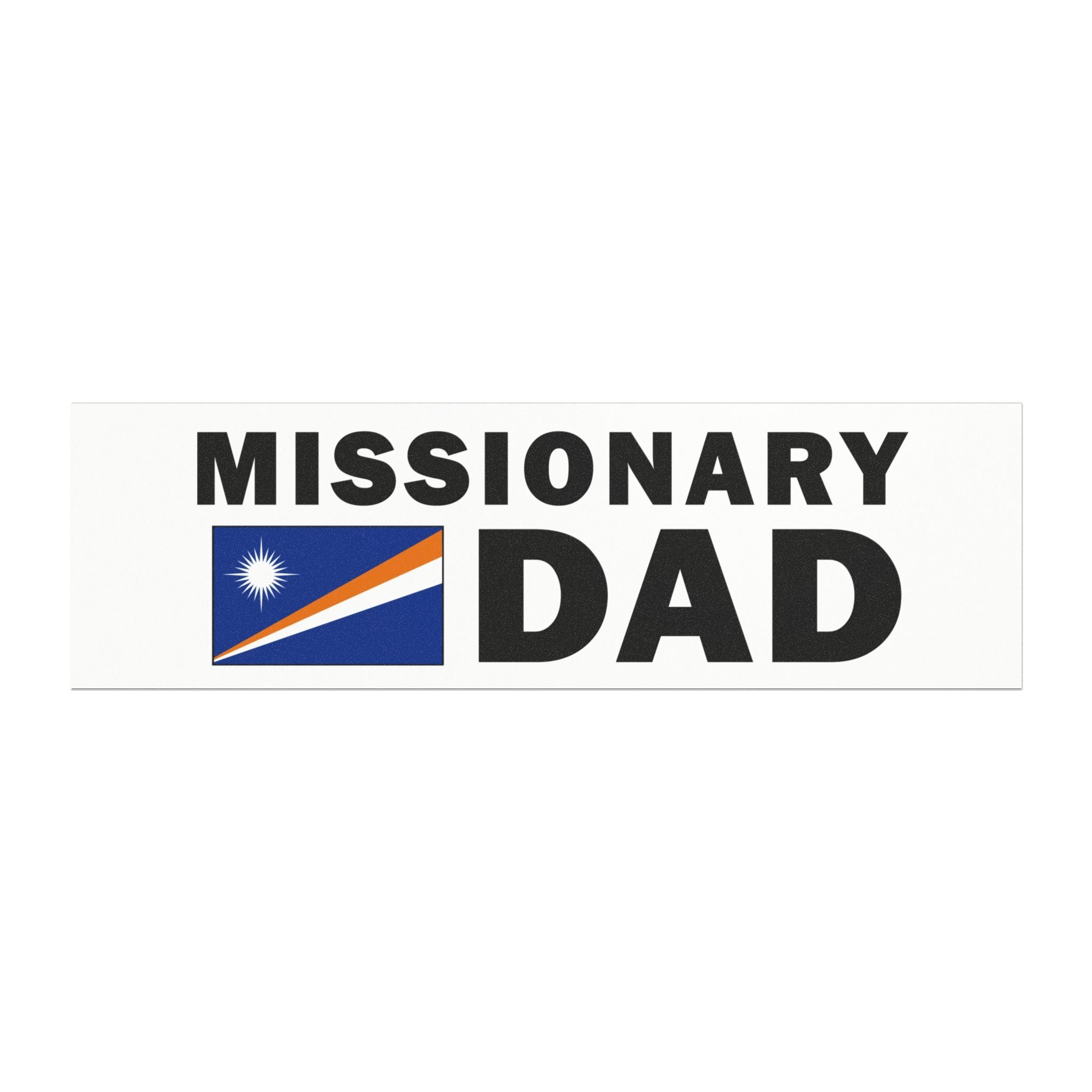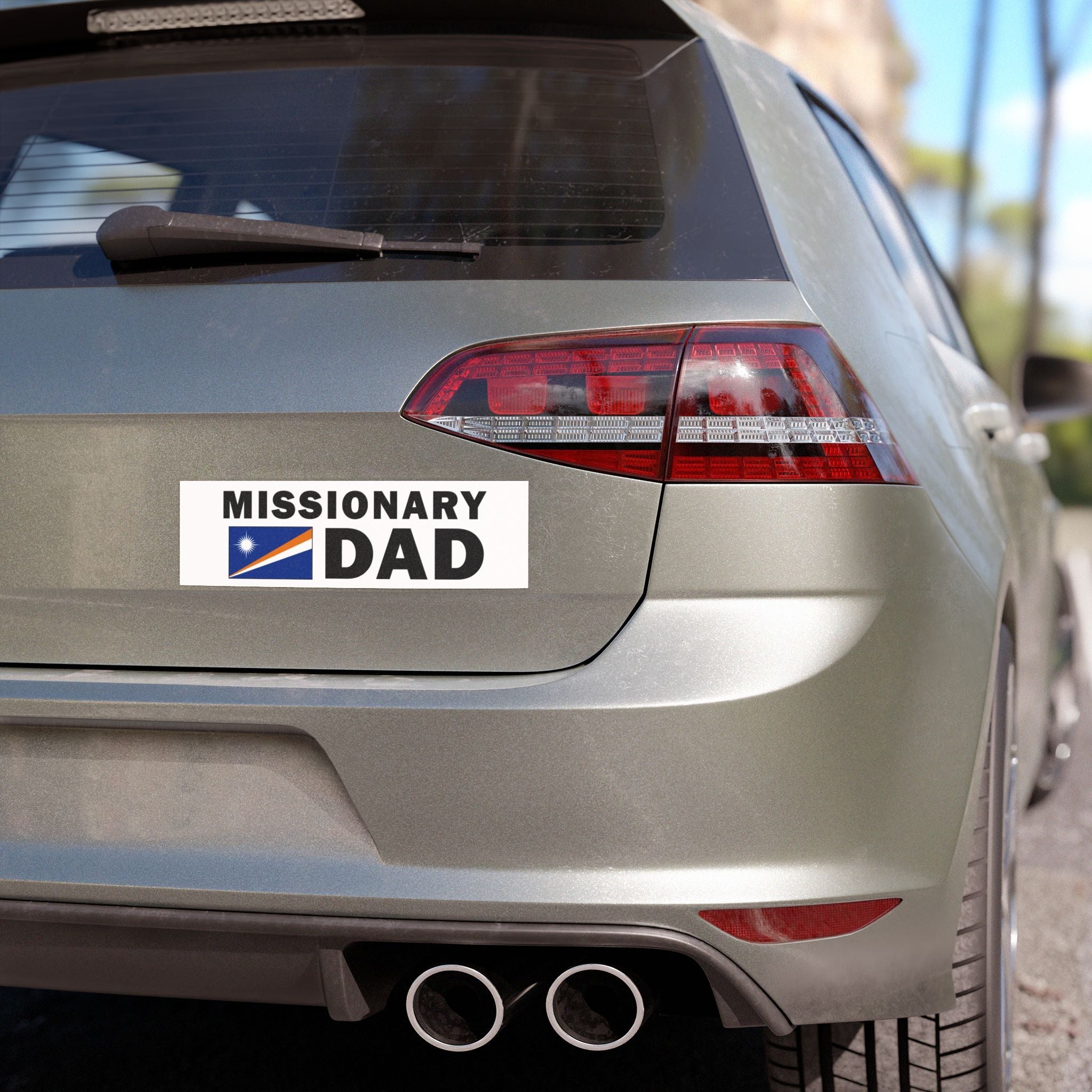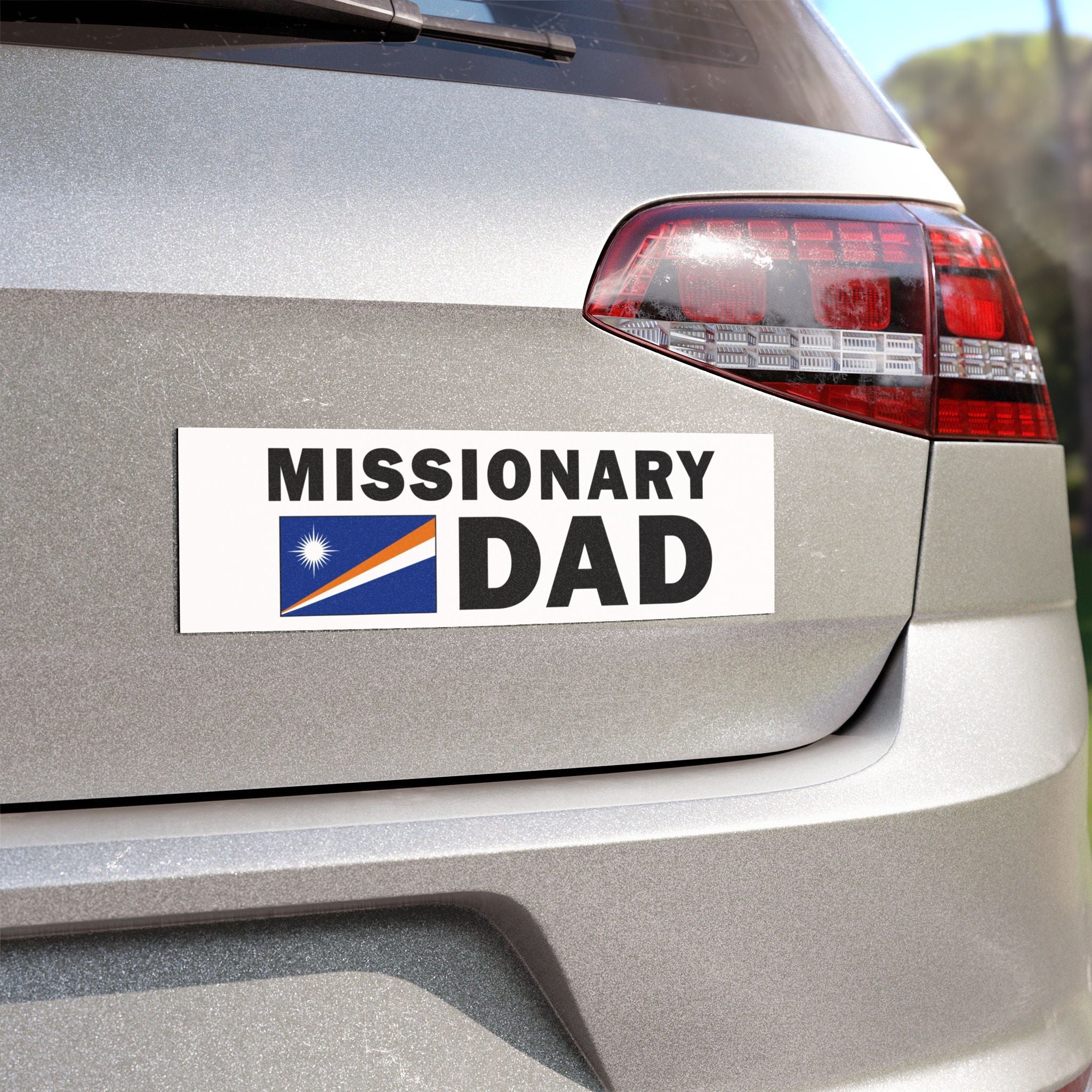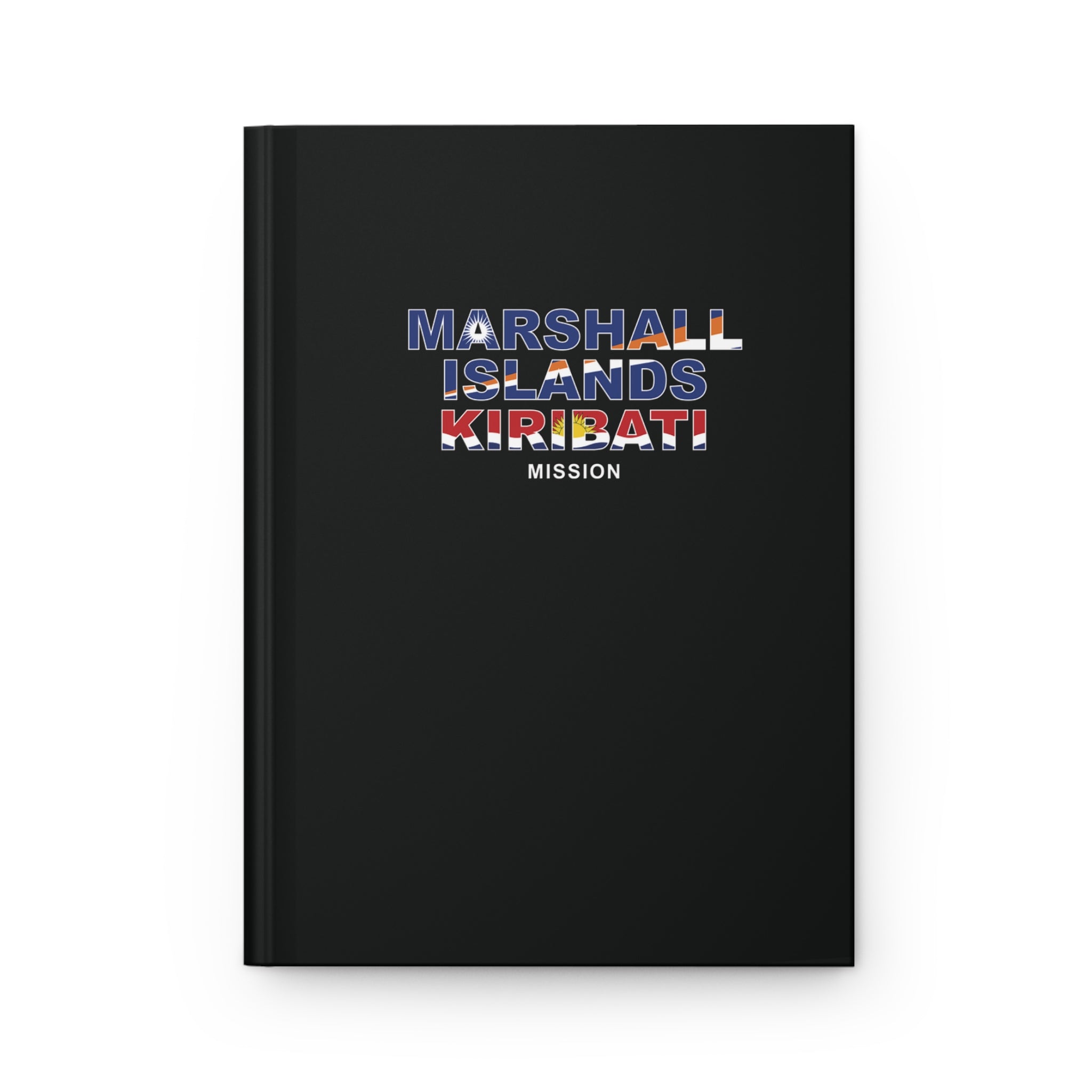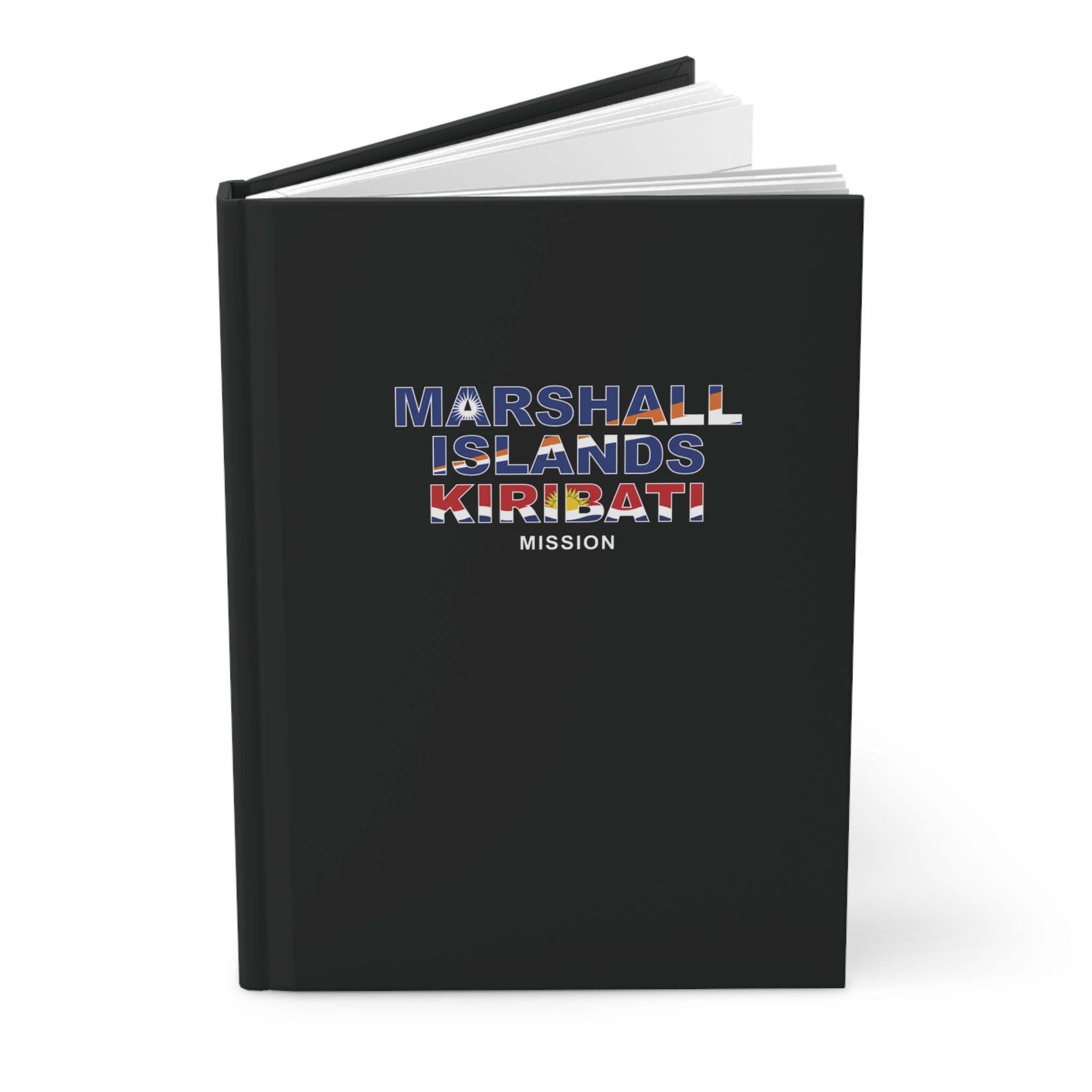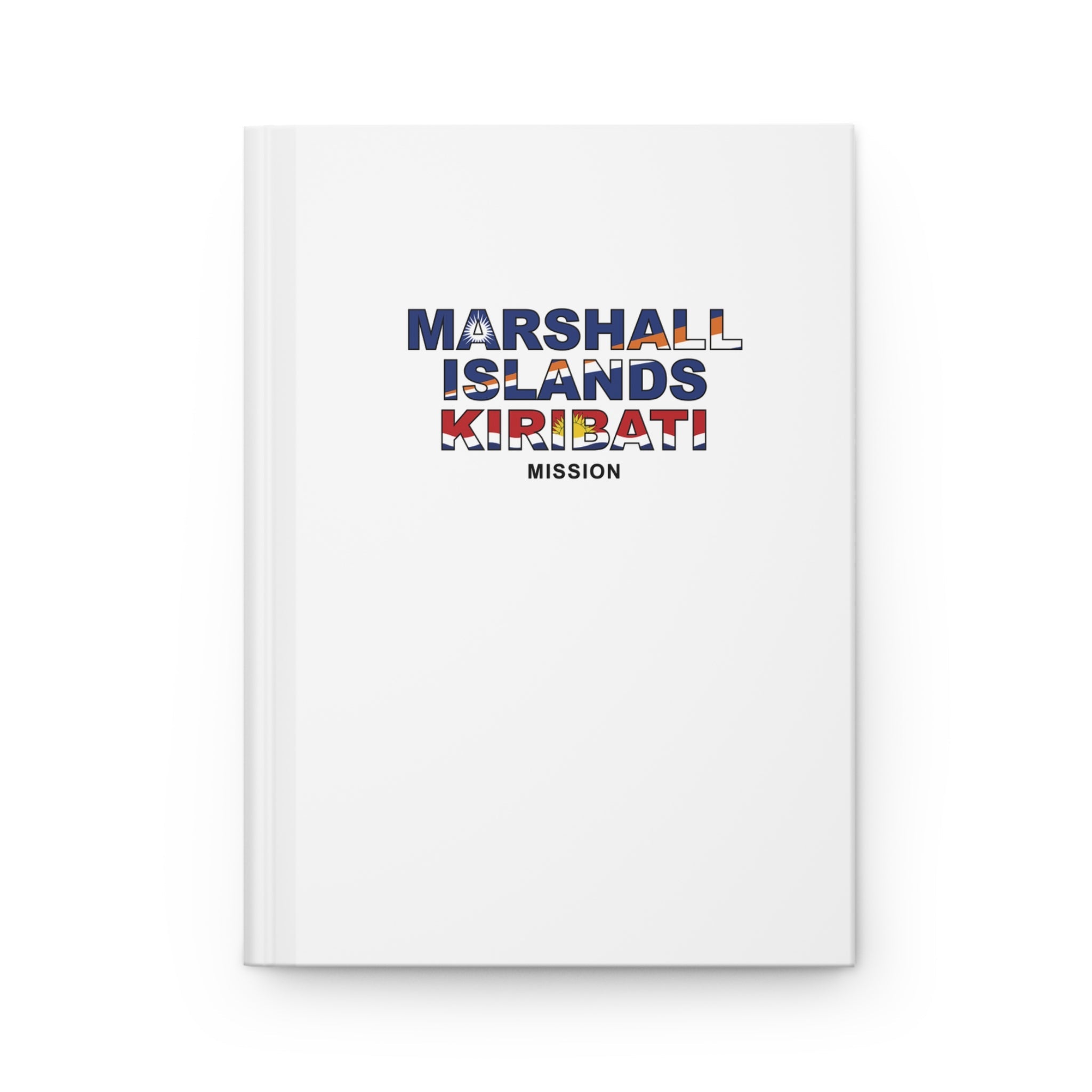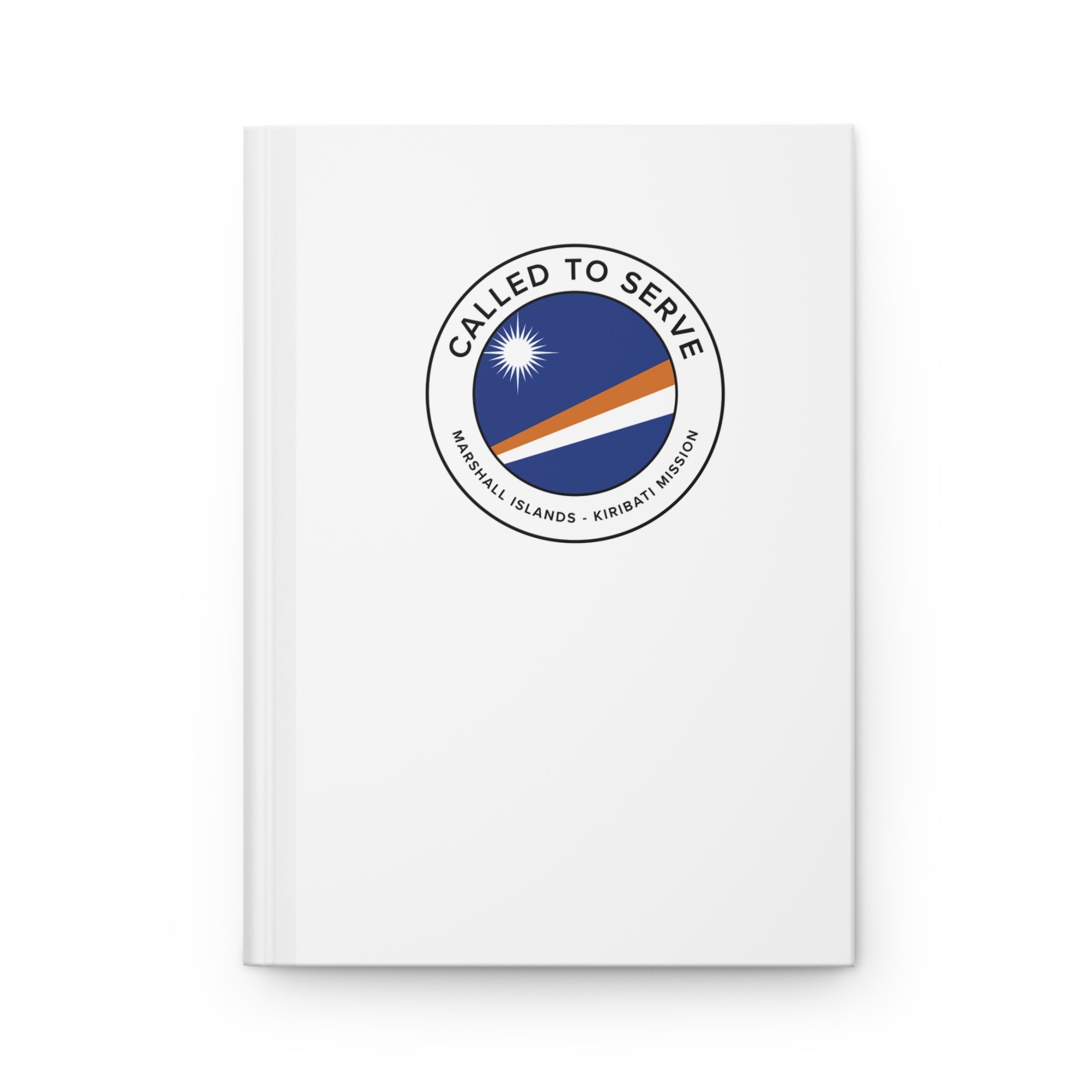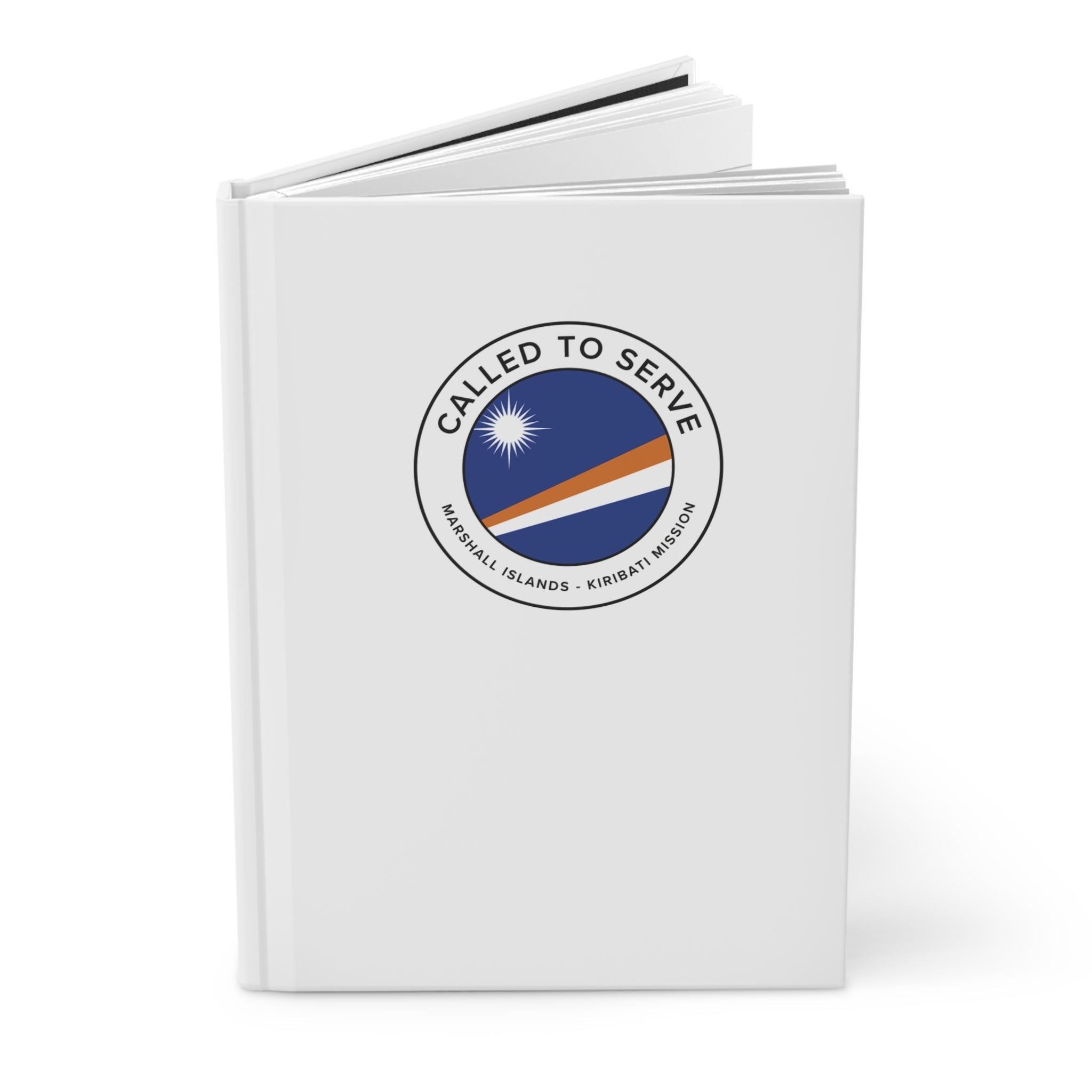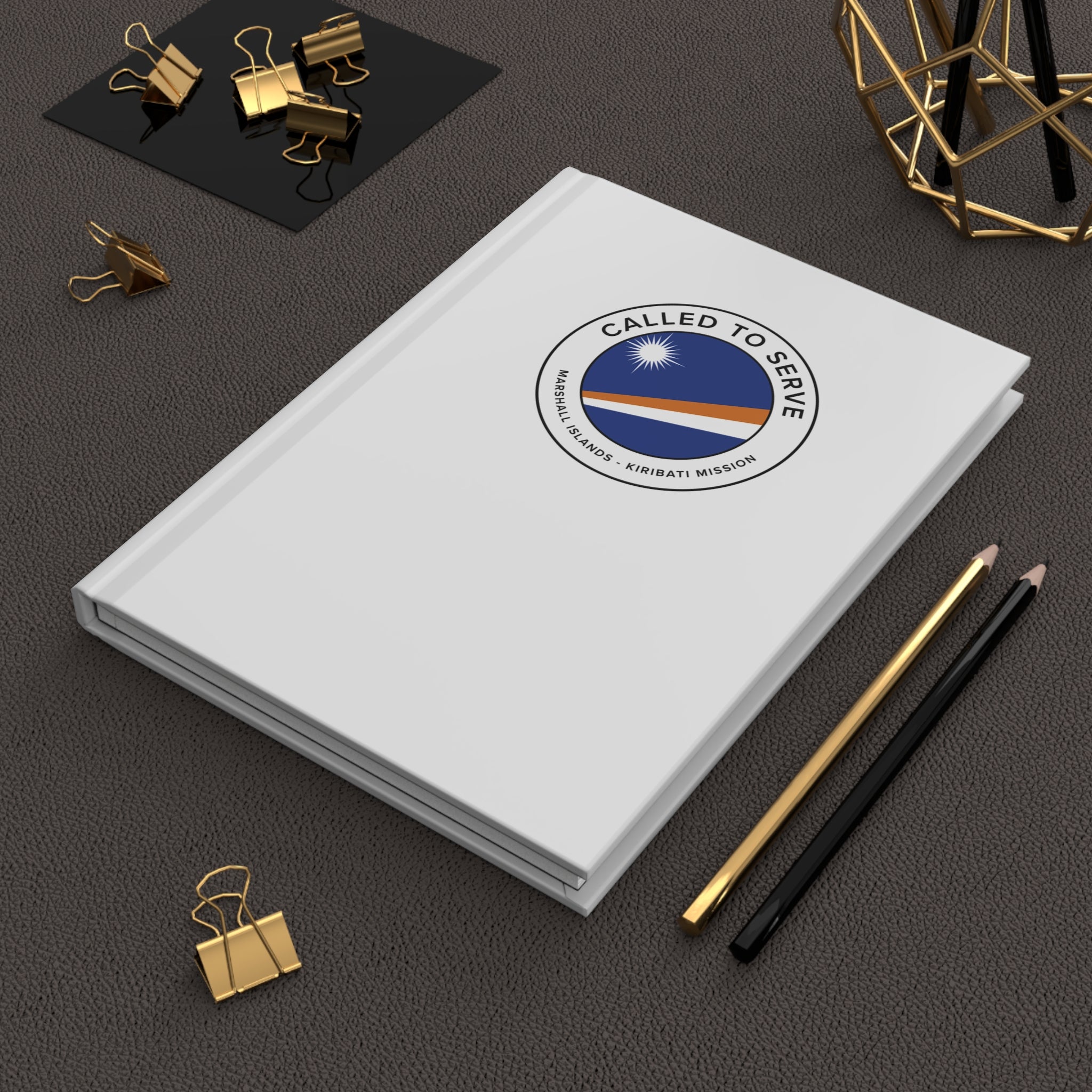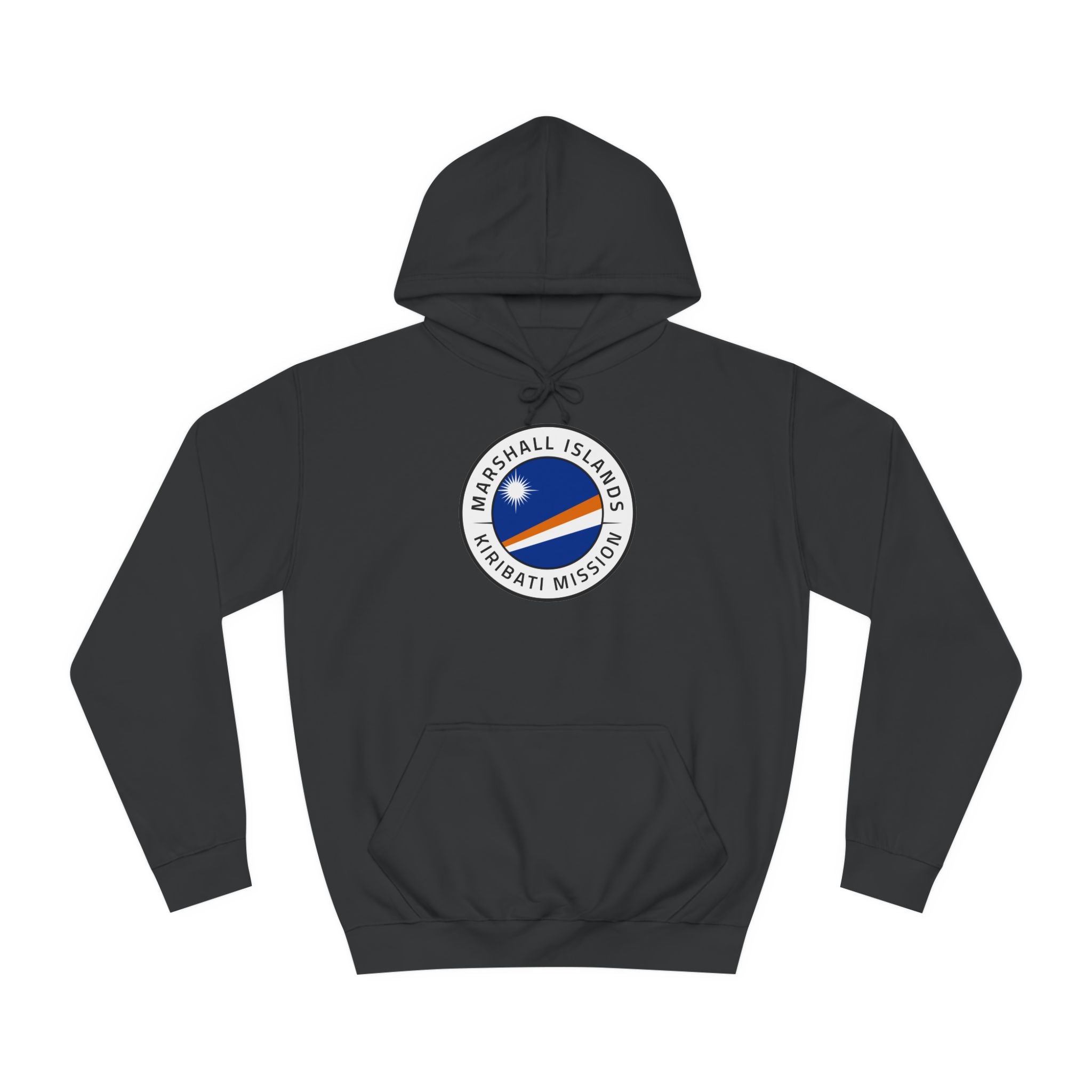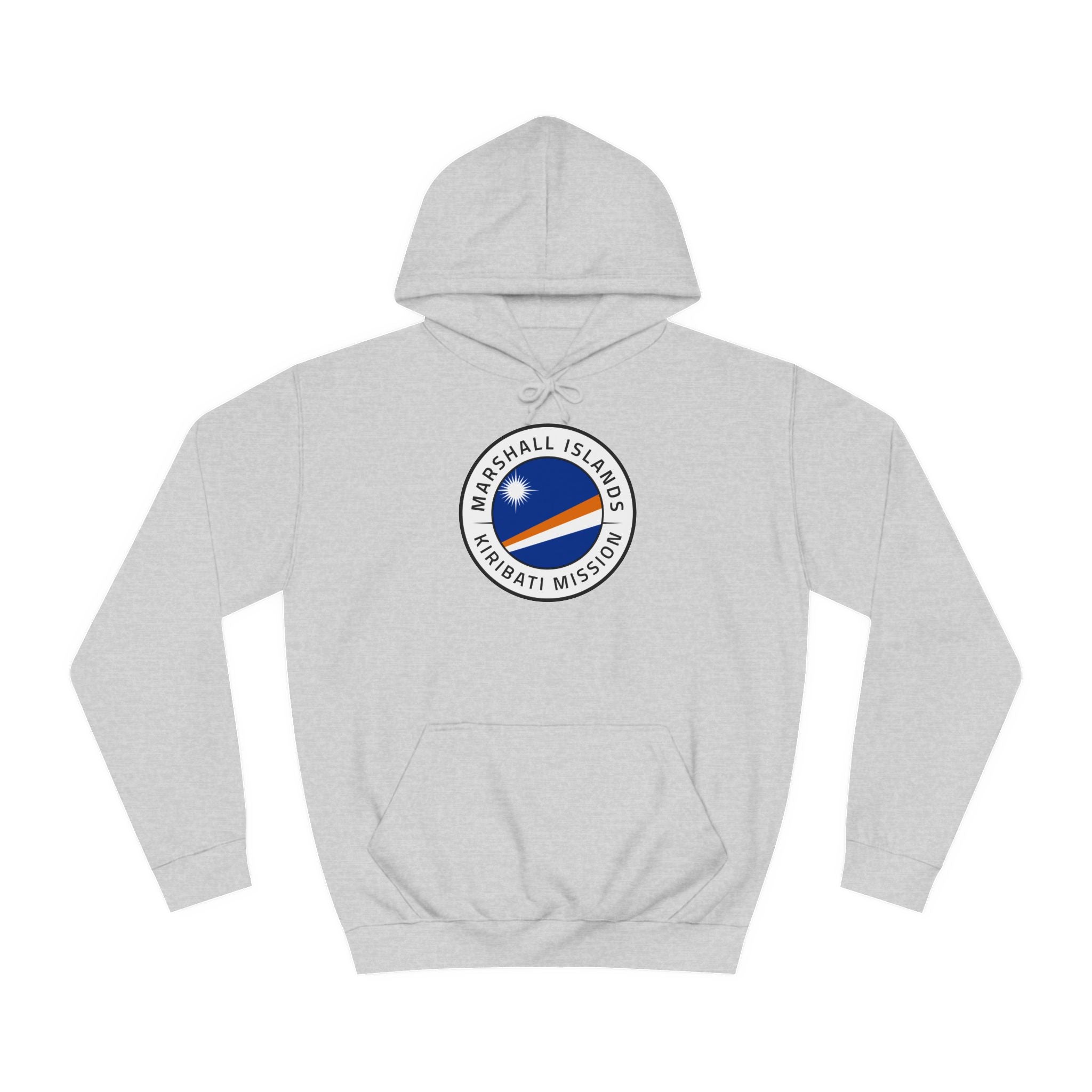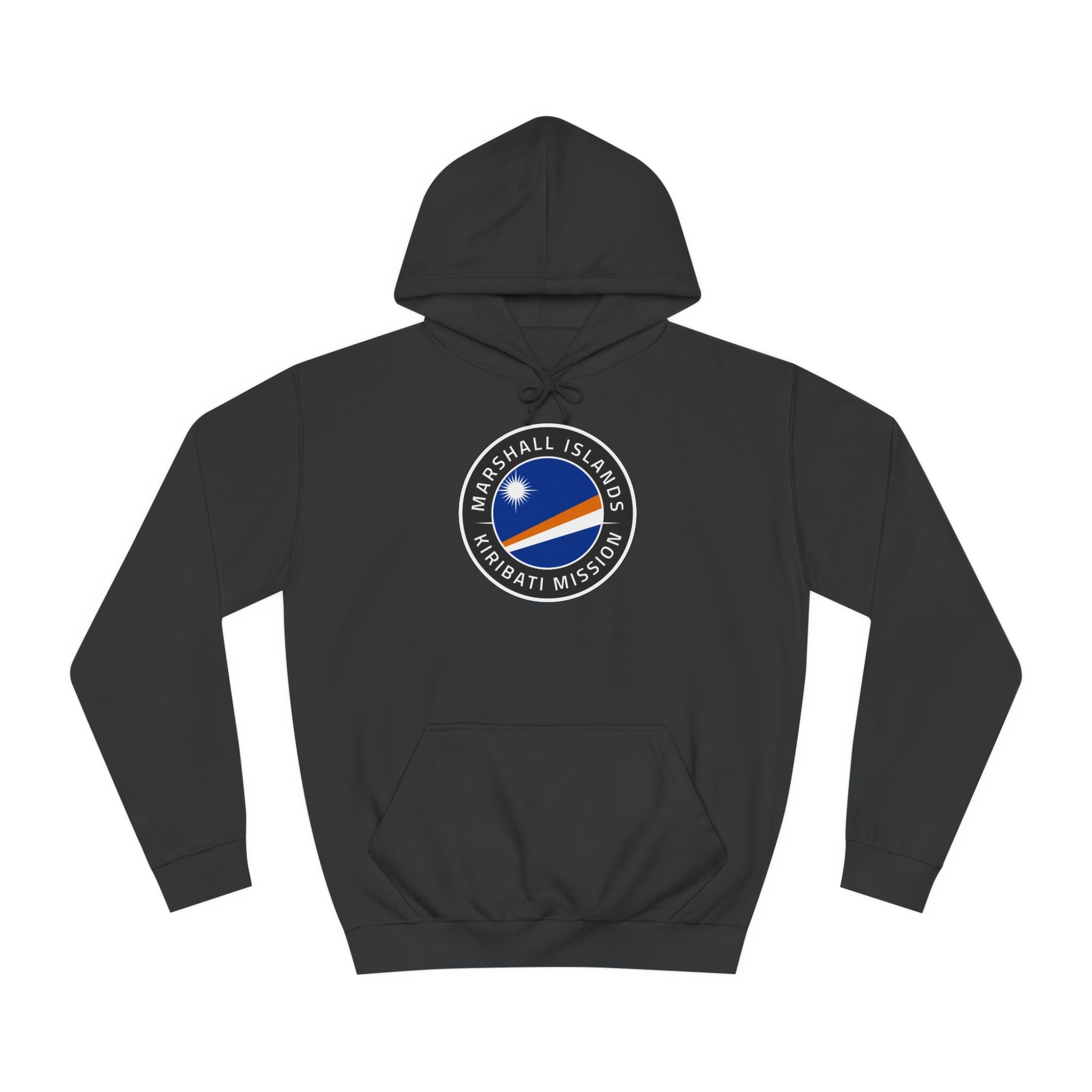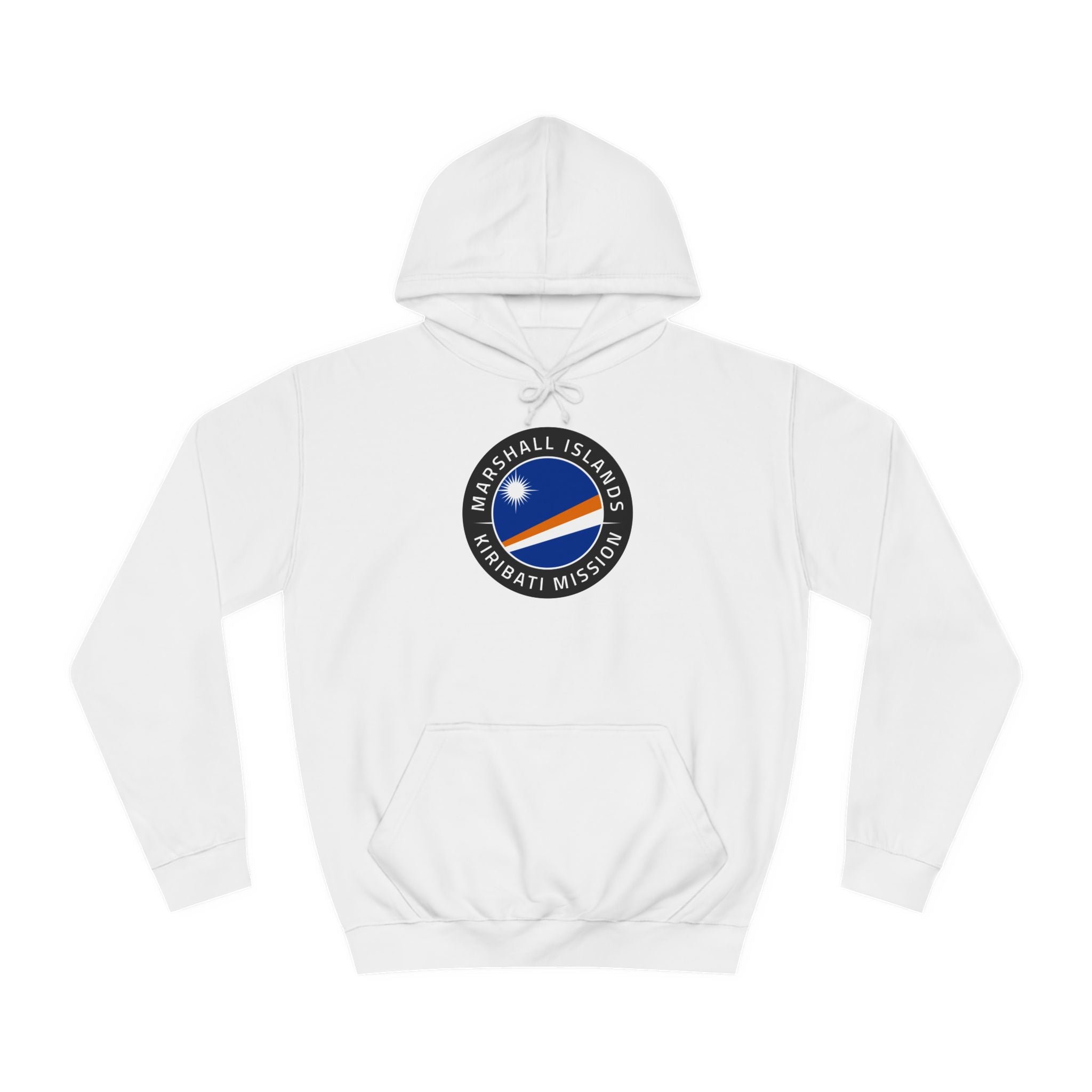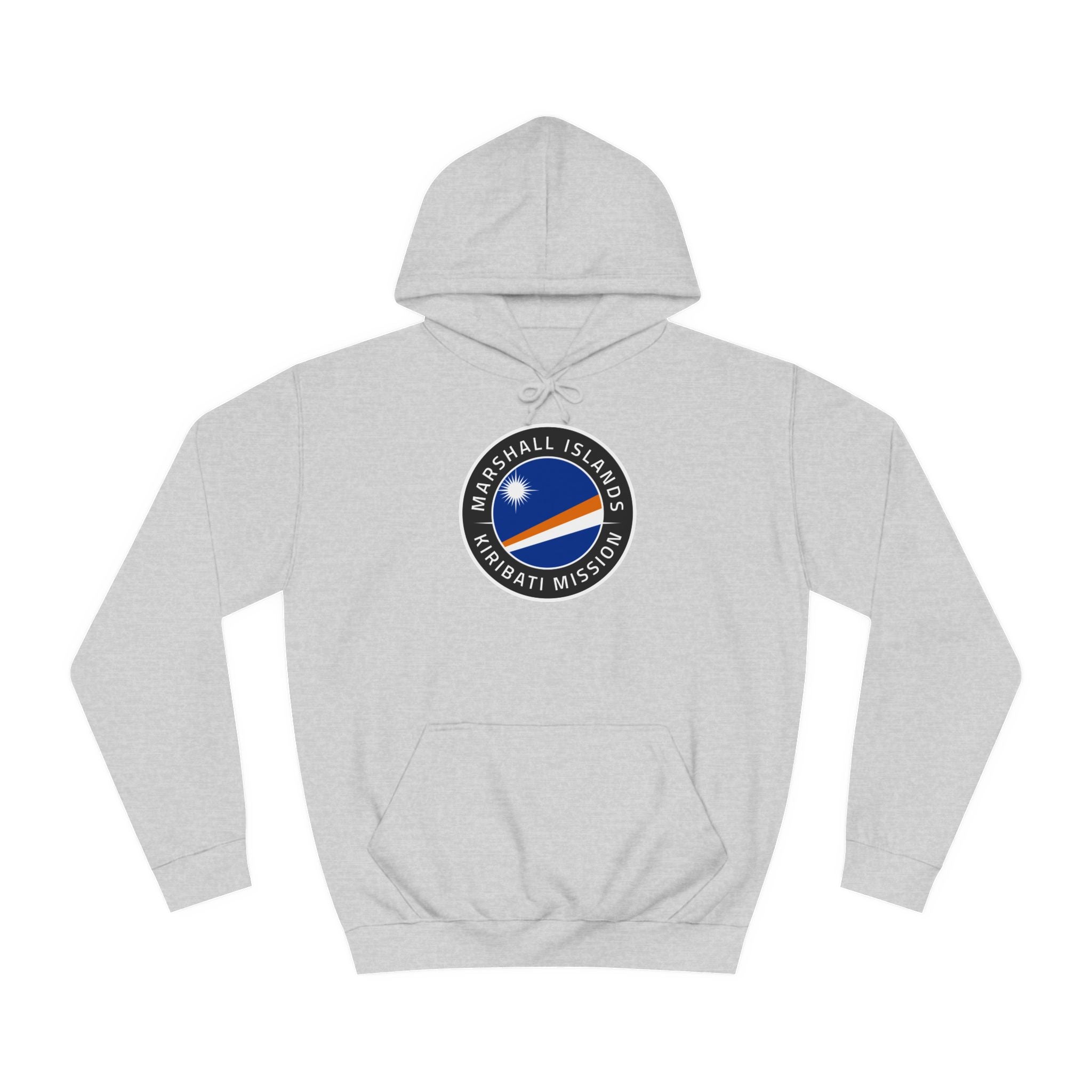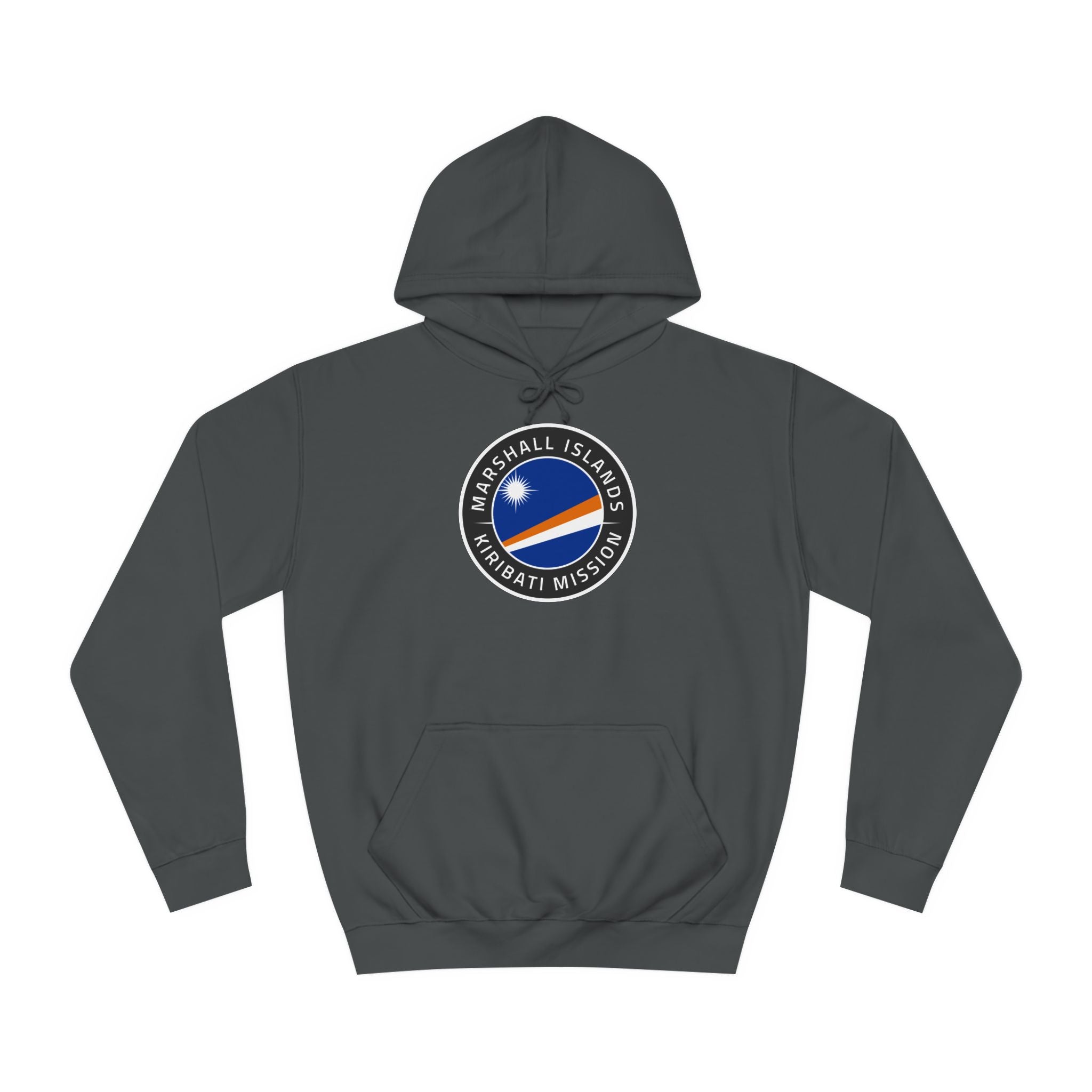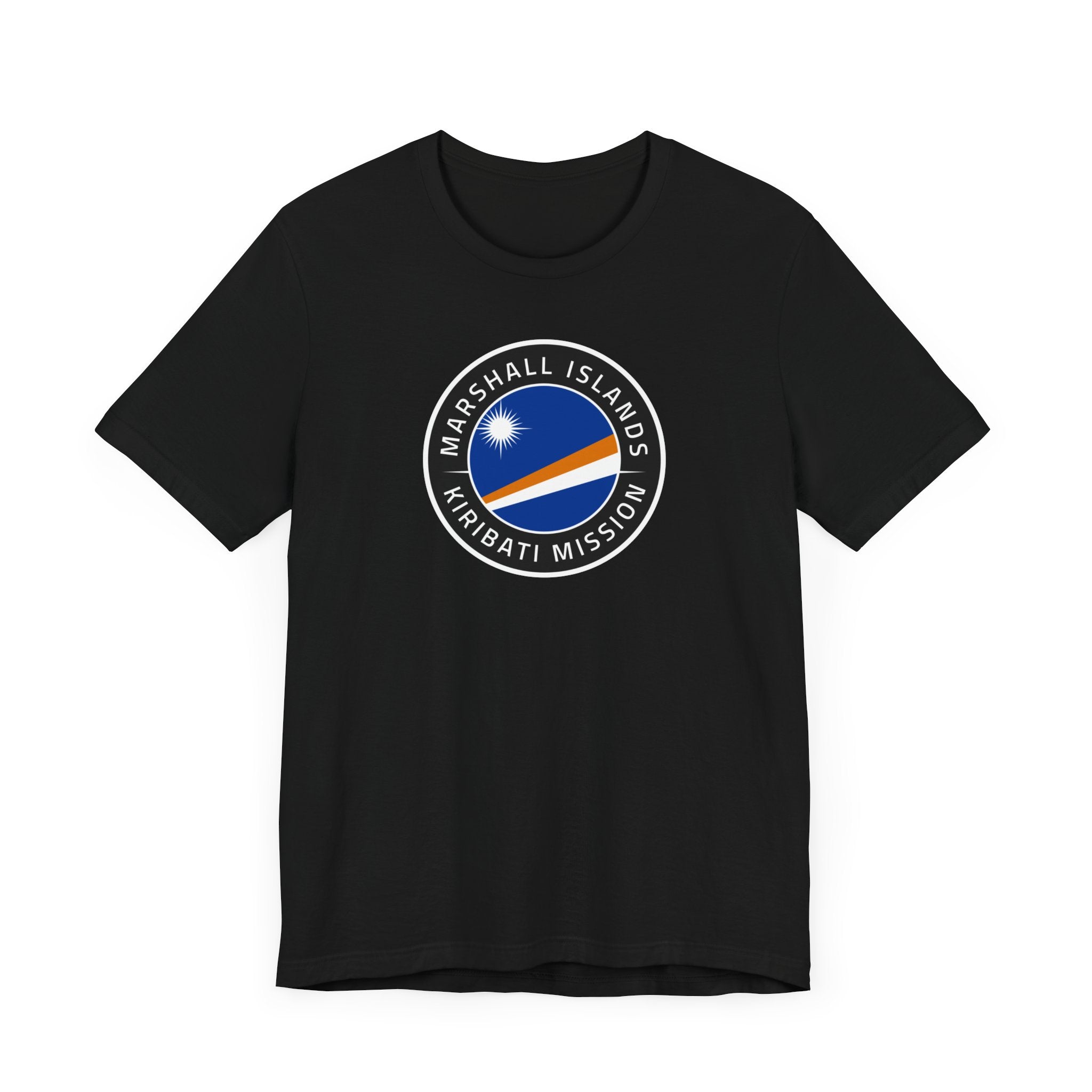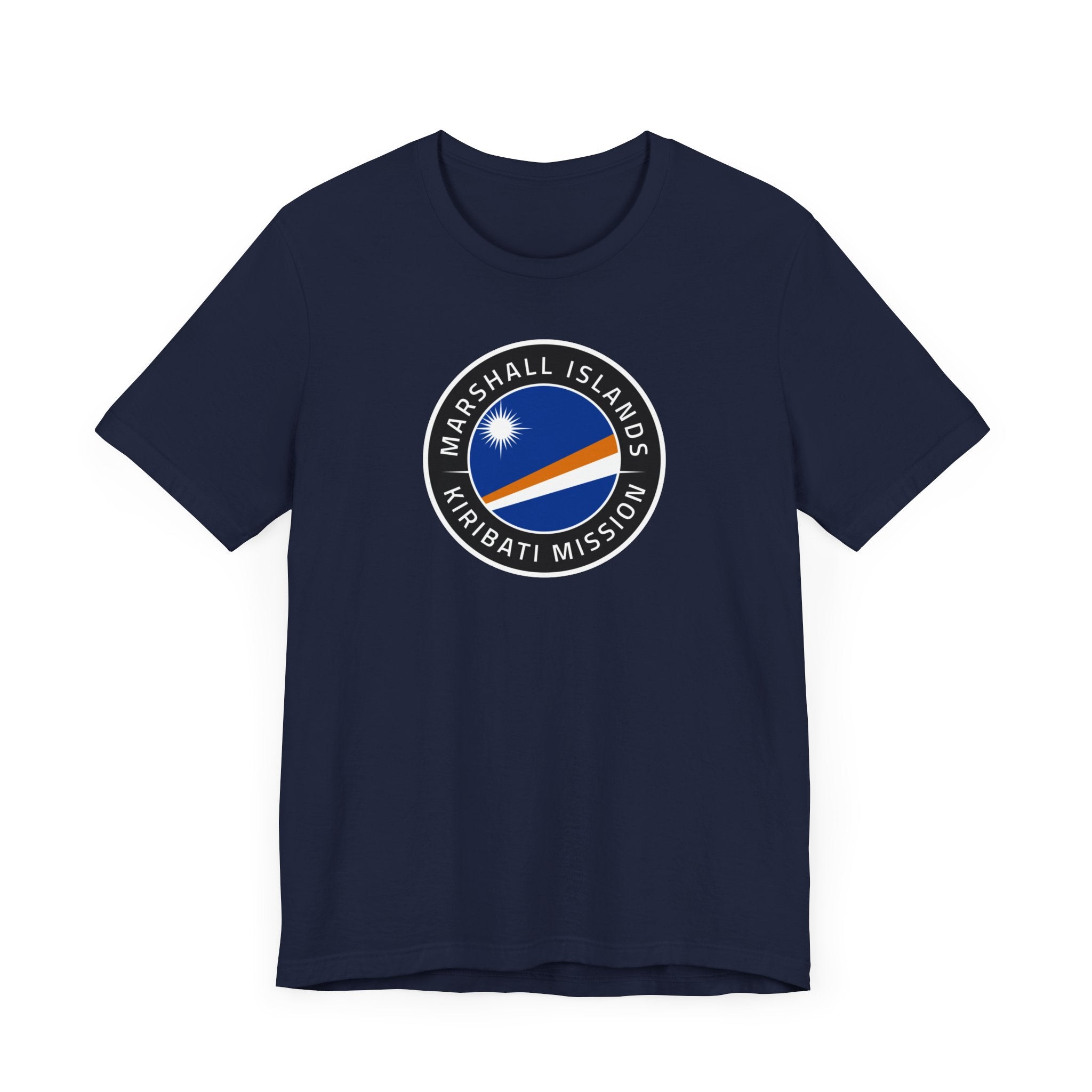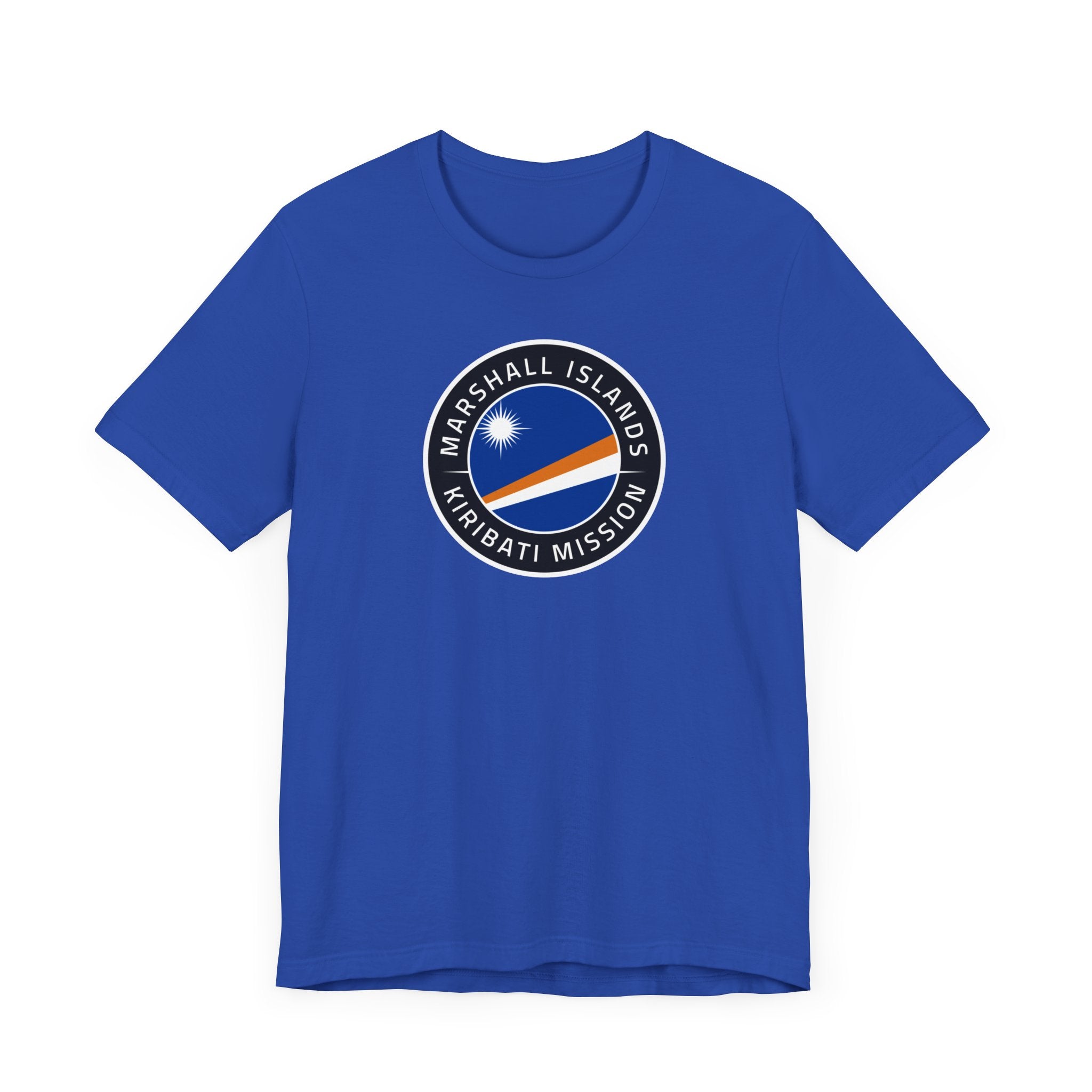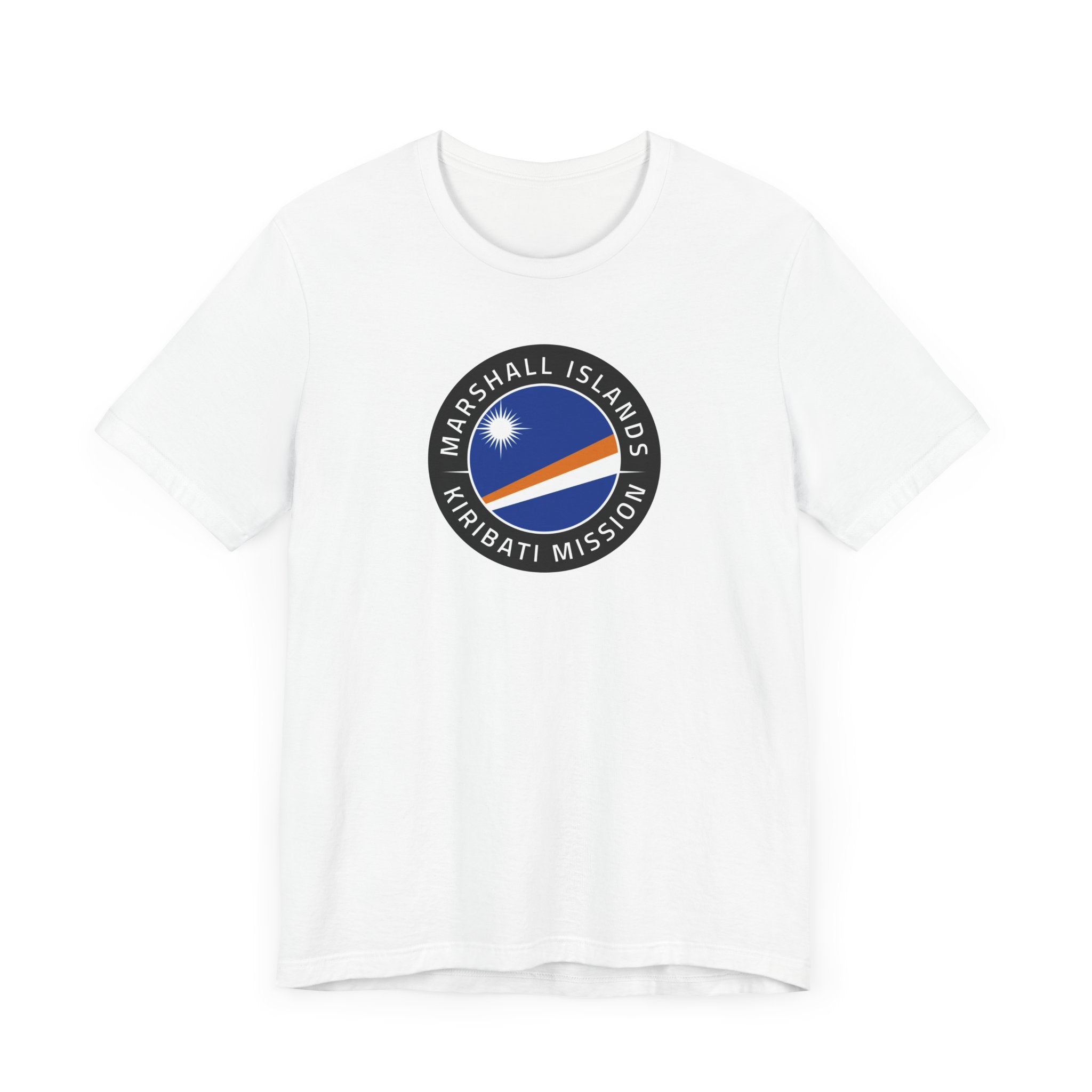The Marshall Islands are a republic made up of two atoll chains in the South Pacific.
MAJURO Elders William Wardel and Steven Cooper arrived in Majuro 3 February 1977, and they baptized Misao Lokeijak, who had been introduced to the Church in Hawaii. By the end of 1977, there were 27 converts on the island. The Laura Branch (a small congregation) was created 11 May 1978, with Misao Lokeijak as president. By the end of 1979, there were 177 members. Church buildings for the Laura and Rita branches were started in September 1984 and dedicated 13-14 January 1986, respectively. By 1987, Majuro had a district with five branches, and by 1990, Majuro had 1,100 members.
In May 1992, Brigham Young University and the Republic of Marshall Islands agreed to have BYU provide special training for government administrators and teachers.
KWAJALEIN/EBEYE The Kwajalein Island Branch in the Marshall Islands was organized in 1978, made up entirely of United States citizens serving in the military or as civil service personnel. Missionaries opened the island of Ebeye on 16 May 1989, and Elders Kepiloni Foliaki and Michael Steele baptized Mary Kekuhuna on 11 June 1989.
ARNO AND MILI Arno and Mili, located at the eastern end of Micronesia, some 2,200 miles west of Hawaii, are part of the 28-island Marshall group. In 1994, the Church had four branches in the Marshall Islands and three Church-owned buildings.
